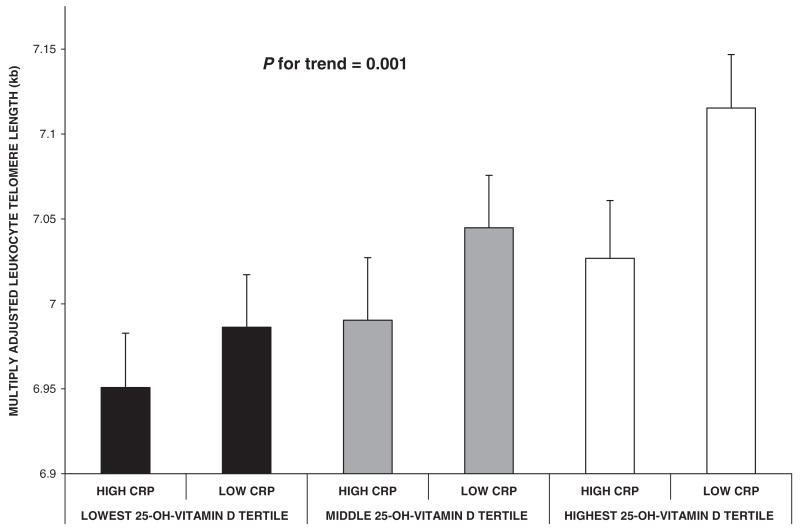As we age, we lose the capacity to activate vitamin D in the skin.
Studies suggest that, between ages 20 and 70, there is a 75% reduction in the ability to activate vitamin D. The capacity of conversion from 25 (OH) vitamin D to 1,25 di(OH) vitamin D also diminishes.
Holick M. Sunlight and vitamin D for bone health and prevention of autoimmune diseases, cancers, and cardiovascular disease.

From Holick, M. 2006
This would explain why 70-year olds come to the office, just back from the Caribbean sporting dark brown tans, are still deficient, often severely, in blood levels of vitamin D (25(OH) vitamin D). A tan does not equal vitamin D.

Courtesy Ipanemic
A practical way of looking at it is that anyone 40 years old or older has lost the majority of ability for vitamin D activation.
This often makes me wonder if the loss of vitamin D activating potential is nature's way to get rid of us. After all, after 40, we've pretty much had our opportunity to recreate and make our contribution to the species (at least in a primitive world in which humans evolved): we've exhausted our reproductive usefulness to the species.
Is the programmed decline of vitamin D skin activation a way to ensure that we develop diseases of senescence (aging)? The list of potential consequences of vitamin D deficiency includes: osteoporosis, poor balance and coordination, falls and fractures; cancer of the breast, bladder, colon, prostate, and blood; reductions in HDL, increases in triglycerides; increased inflammation (C-reactive protein, CRP); declining memory and mentation; coronary heart disease.
Isn't that also pretty much a list that describes aging?
A fascinating argument in support of this idea came from study from St Thomas’ Hospital and the London School of Medicine:
Higher serum vitamin D concentrations are associated with longer leukocyte telomere length in women
Telomeres are the "tails" of DNA that were formerly thought to be mistakes, just coding for nonsense. But more recent thinking has proposed that telomeres may provide a counting mechanism that shortens with aging and accelerates with stress and illness. This study suggests that both vitamin D and inflammation (CRP) impact telomere length: the lower the vitamin D, the shorter the telomere length, particularly when inflammation is greater.

Data supporting vitamin D's effects on preventing or treating cancer, osteoporosis, lipid abnormalities, inflammation, cardiovascular disease, etc., is developing rapidly.
Now the big question: If declining vitamin D is nature's way of ensuring our decline and death, does maintaining higher vitamin D also maintain youthfulness?
I don't have an answer, but it's a really intriguing idea.